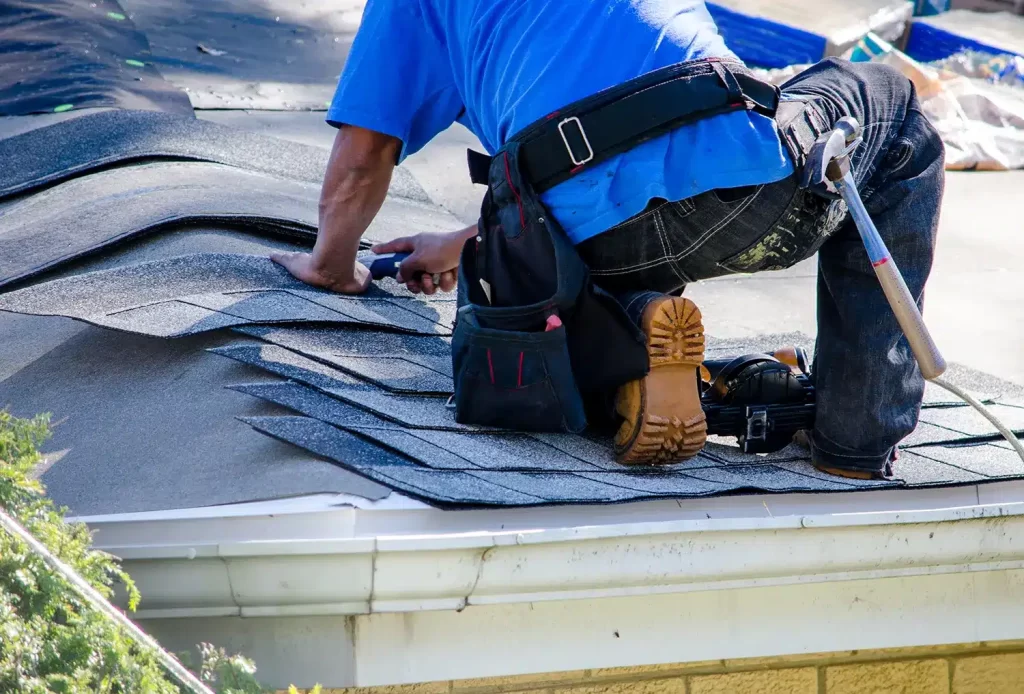A new roof is a major investment that protects your home from the elements and enhances its curb appeal. While the installation of a new roof can bring peace of mind, the responsibility of maintaining it begins immediately. Proper care can significantly extend the lifespan of your roof, prevent costly repairs, and ensure your home remains secure and efficient. Knowing how to take care of your roof after it’s been installed is key to getting the most value from your investment.
Understanding the Importance of Post-Installation Maintenance
Once a new roof is installed, many homeowners assume they won’t have to think about it for decades. While it’s true that modern roofing materials are built to last, even the most durable roofs need regular attention. Environmental factors like wind, rain, snow, and sun exposure gradually wear down roofing materials. Early signs of damage or wear often go unnoticed until they become major issues. That’s why consistent maintenance is essential—it helps catch minor problems before they escalate into serious concerns.
Start With a Regular Inspection Routine
It’s important to visually inspect your roof at least twice a year, preferably in the spring and fall. This allows you to check for potential issues such as loose or missing shingles, damaged flashing, or clogged gutters. It’s not always necessary to climb up on the roof—a good pair of binoculars can help you conduct a preliminary inspection from the ground. After severe weather events like hailstorms or strong winds, it’s also a good idea to inspect for any visible damage.
Routine inspections not only help in identifying physical damage but also in monitoring for algae or moss growth, which can cause shingles to deteriorate over time. In areas with heavy rainfall or high humidity, organic growth can spread quickly, so early detection and treatment are critical.
Keep Gutters and Downspouts Clean
Clogged gutters can lead to water pooling on your roof, which can cause leaks, mold growth, and wood rot. After your new roof is installed, make it a habit to clean your gutters regularly. Removing leaves, twigs, and other debris ensures that rainwater flows freely away from your roof and foundation. During the fall, when trees shed their leaves, more frequent cleanings may be necessary to prevent backups. Proper gutter maintenance is one of the easiest yet most effective ways to protect your roof from water damage.
Trim Overhanging Branches
Trees provide shade and add beauty to your property, but overhanging branches can be a risk to your roof. Branches that are too close to your roof can scrape and damage shingles, especially on windy days. Additionally, falling leaves can accumulate in valleys and gutters, promoting moisture retention and eventually rot. It’s wise to keep trees trimmed back to minimize these risks. Regular tree maintenance not only protects your roof but also keeps your yard looking neat and reduces the risk of pest infestations.

Address Minor Repairs Promptly
Even small issues like a loose shingle or cracked flashing can compromise your roof’s integrity over time. It’s best not to postpone minor repairs, as they can quickly evolve into larger, more expensive problems. If you’re not comfortable handling roof repairs yourself, consider hiring a roofing professional for routine inspections and maintenance. Their trained eye can detect issues that a homeowner might overlook, and professional repairs ensure the work is done safely and correctly.
Ensure Proper Attic Ventilation
One often overlooked aspect of roof maintenance is attic ventilation. A properly ventilated attic helps regulate temperature and moisture levels, preventing the buildup of heat and condensation that can damage roofing materials from below. Moisture trapped in the attic can cause insulation to lose effectiveness and lead to mold growth, which affects both indoor air quality and roof health. After installing a new roof, it’s worth checking that your attic ventilation system is working efficiently. A balanced system of intake and exhaust vents can significantly extend the life of your roofing materials.
Monitor for Signs of Trouble Indoors
Sometimes, the first signs of roof trouble appear inside the home. Water stains on ceilings or walls, peeling paint, or mold in the attic can all point to roof leaks. After your new roof is installed, remain alert to these interior signs, especially during rainy seasons. Investigating leaks early can prevent structural damage and protect your belongings from water exposure.